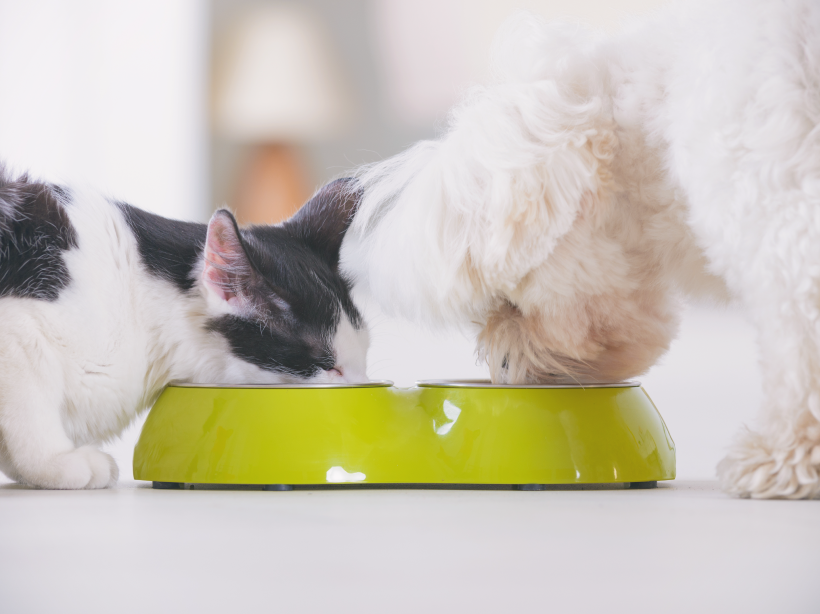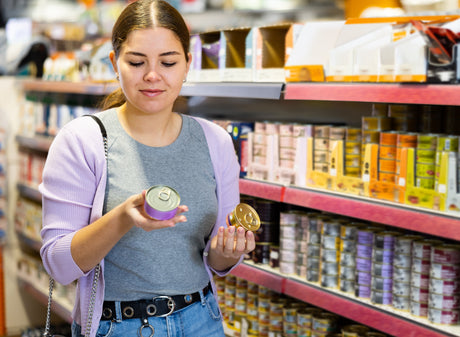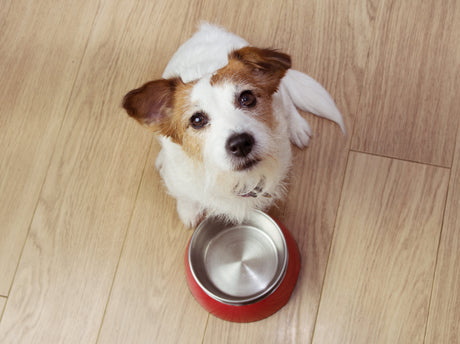Introducing new food to your pet's diet can be an exciting journey to enhanced health and happiness. However, the process should be approached carefully to ensure it is pleasant and stress-free for your cherished cat or dog.
When switching your pet to our premium foods or any new diet, gradually transitioning over a week is crucial to help your pet adjust comfortably.
Day 1-2: Introduction

Begin by serving a small amount of the new food alongside their usual meal, keeping the two separate in the bowl. This familiar yet separate presentation helps your pet recognize the new food without mixing flavors initially, which could be critical for pickier eaters.
Day 3-4: Achieving Balance

At nearly the halfway mark, aim for a bowl containing an equal mix of 50% new food and 50% old food. It's a good milestone if your pet eats this blend happily, indicating that they are likely adjusting well to the new diet.
Day 5-6: Increasing the Proportion

As the days go on, adjust the portions to include 75% of the new food and reduce the old food to 25%. This stage encourages your pet to begin adapting to the change while still enjoying most of their familiar diet.
Day 7: Complete Transition

Now, start mixing all the food together, gradually increasing the new food. Gradually shift the balance daily until you've entirely phased out the old food. Be observant—ensure your pet eats well at each step before proceeding.
Listening and Adjusting As Needed
Remember, each pet is unique. If your pet hesitates or rejects the new food at any stage, take a step back and give them more time to adjust. Especially with cats, who are generally more habitual, the transition could extend beyond a week. Patience is key, and rushing the process may backfire.
Changing your pet's diet is not just about new tastes—it's a step toward long-term health benefits. Whether your pet transitions within a week or takes a bit longer, your understanding and patience during this time make a significant difference in their acceptance of new food.





